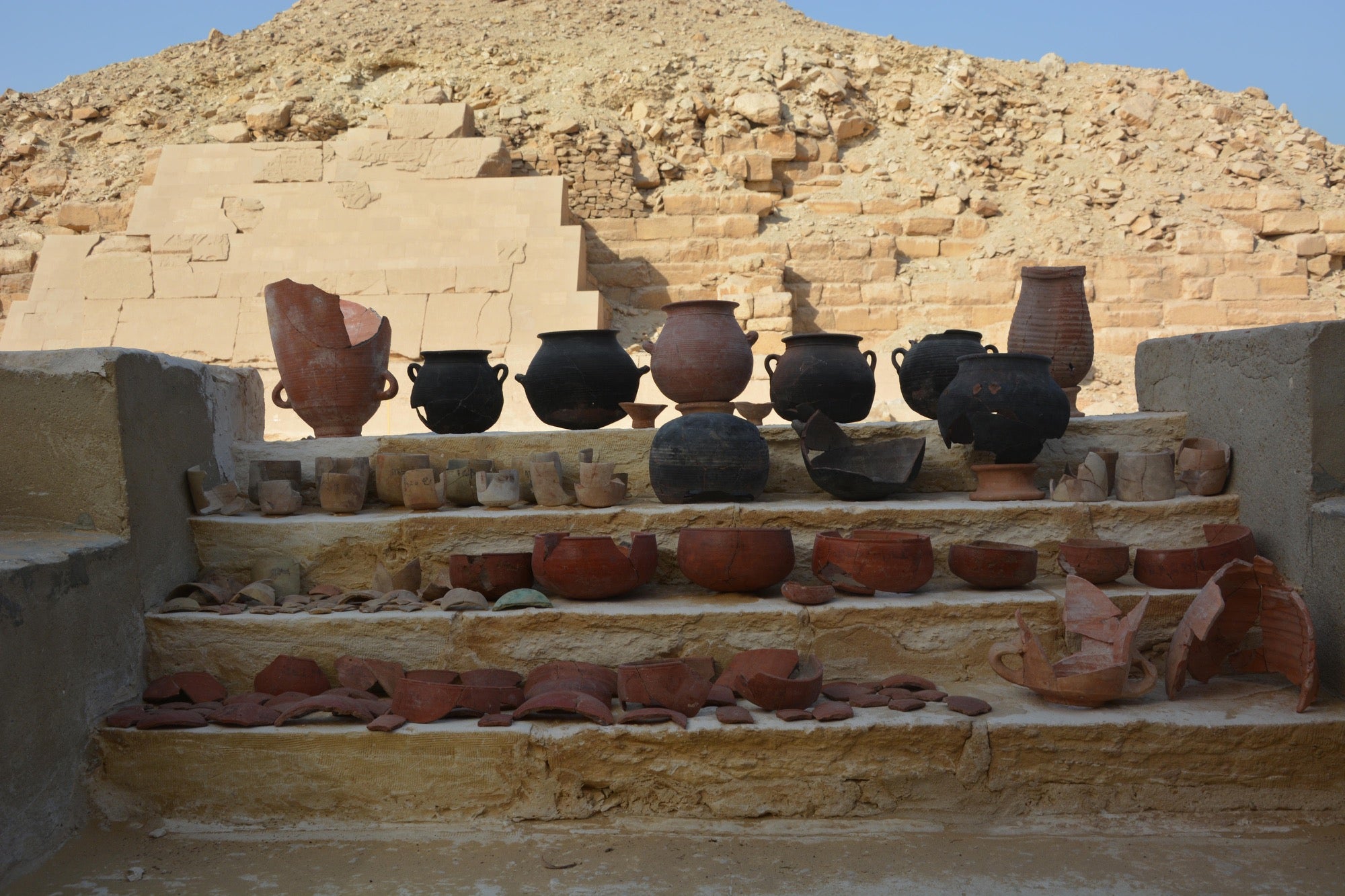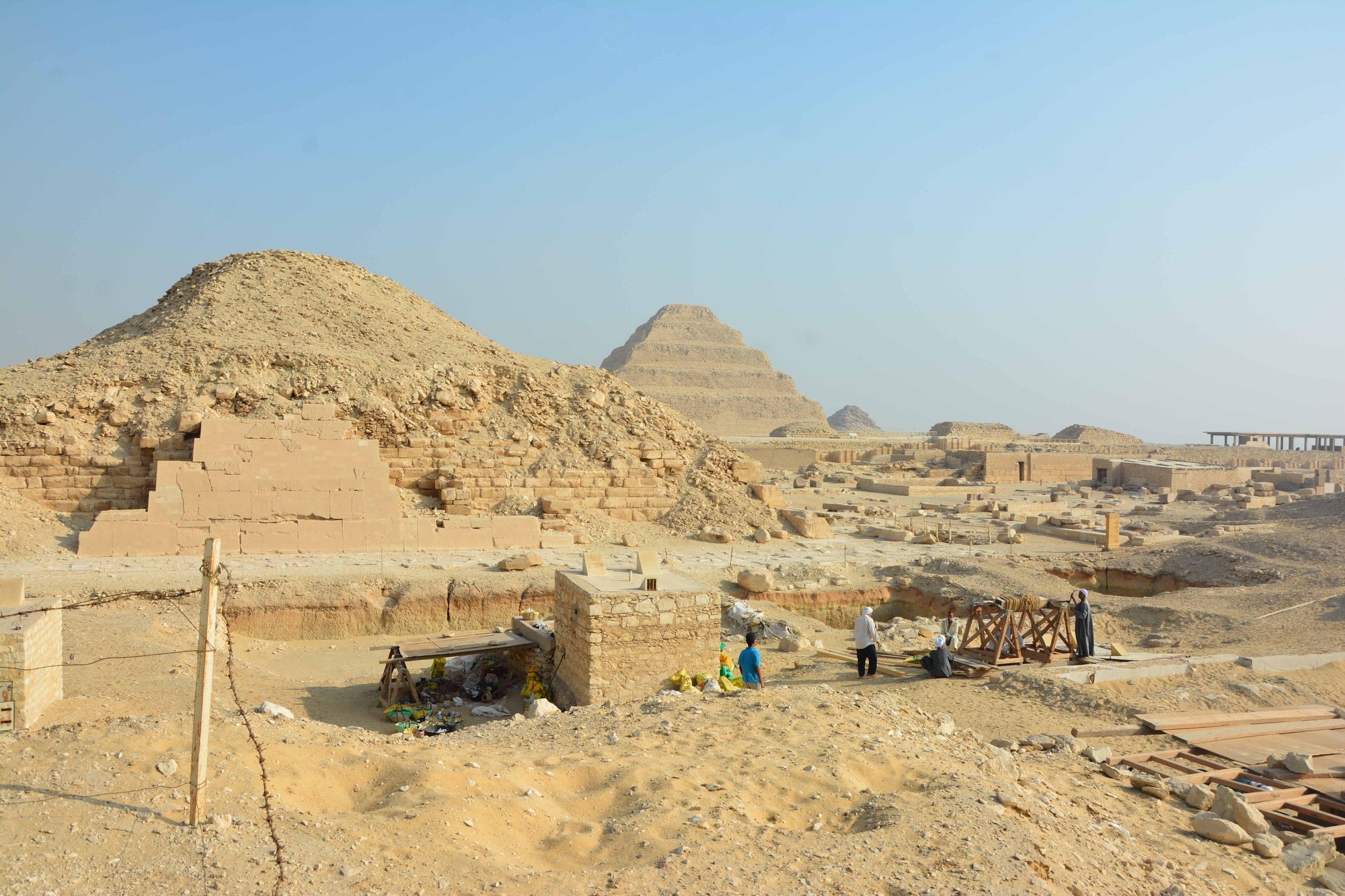The ancient Egyptians were masters at embalming the dead, a practice that required chemistry and global cooperation.

One of the greatest traditions of mankind is the worship of the dead. Vikings cremated their dead on boats to allow them safe passage to the afterlife. Ancient Tibetans practiced heavenly burials, in which corpses were devoured by vultures to remove the sins of the dead and allow them a peaceful resurrection. But one of the most famous burial practices in human history is mummification. The ancient Egyptians started as early as 3500 BC. with the mummification of the dead.Keep the body intact as the soul transforms from an earthly being to a heavenly being.
Themummies offer a glimpse into mankind’s past and show what society was like. But despite autopsies or X-rays, archaeologists are amazed at how the ancient Egyptians actually mummified humans. A new study published today in the journal Nature provides an answer as to how they managed this complex process.By examining the remains left on a number of embalming jars, a team of archaeologists has identified chemical preparations used to preserve the dead.
Artificial preservation is a complex process. Ancient embalmers were challenged to remove organs like the brain (they used hooked instruments to remove chunks of brain tissue through the nose) without causing physical damage or alterations to the body. Defying natural decomposition meant that they also had to be masters of chemistry. They created concoctions that would stop the body from decaying. Archaeologists studying mummies have tried to identify the unique chemical recipes, but some labels inscribed on embalming containers have been lost in translation.

In the current study, the authors studied the contents of ceramic vessels from an embalming workshop in Saqqara, Egypt. “This archaeological site in Saqqara is the only mummification workshop ever discovered in Egypt,” says Sahar Saleem, a mummy expert and radiology professor at Cairo University who was not involved in the study. She says this discovery was a rare opportunity to investigate embalming materials and methods the Egyptians likely meant to keep secret.
Found a few meters south of the pyramid of King Unas, the underground workshop is dated around 664-525 B.C.E. The team found 121 beakers and bowls marked with embalming instructions, such as for preparing linen bandages or for specific body parts. “The findings give us a unique understanding on the actual technical steps the embalmer took based on the instructions written on the pots: how to treat the head, the order of using different mixtures,” says Saleem.
The authors examined the chemical composition of the residues on nine glasses and 22 red bowls. They identified a variety of natural substances, from vegetable oils and bitumen (natural petroleum) to resins and animal fats. Sixty percent of the pots contained remains of juniper or cypress. The second most common item was cedar oil or tar, found in more than half of the jars.
Some ceramics contained mixtures of different chemicals.For example, one container contained ricinoleic acid (a type of fatty acid used in soaps) mixed with oleic acid (a fatty acid found in animal and vegetable fats and oils) and possibly castor oil. The authors hypothesize that this combination of ingredients was used as an antiseptic and antifungal agent to protect human tissue and reduce odor. Bitumen, tar, resins and beeswax have water-repellent and adhesive properties that, when made into lotions, can be applied to bandages to seal skin pores and remove moisture.

“I was fascinated with this chemical knowledge of ancient Egyptians,” says Phillip Stockhammer, a professor of prehistoric archaeology at the Max Planck Institute for Evolutionary Anthropology in Germany and senior study author. He says if the ancient Egyptians ever moved the body, it could become contaminated with microbes that would try to eat up the skin. “They knew immediately they needed antibacterial, antifungal substances to keep the skin preserved, and this is without having any microbiology background.”
The bowls were engraved with instructions for specific steps in the embalming process. Eight were designated for head treatment and, to the authors’ knowledge, this was the first time elemi oil or tar of juniper-cypress was found as ingredients for embalming the head. Some bowls contained markers of oil or tar of conifer to ‘to wash’ the body while another bowl labeled ‘to make his odor pleasant’ showed signs of animal fat and degraded resin. To preserve the skin, ancient Egyptians used a bowl of animal fat mixed with heated beeswax as a kind of moisturizing ointment.
The researchers also found that most of the embalming ingredients were imported from other lands, suggesting Egyptians were heavily involved in the international economy. They likely traded for bitumen in communities surrounding the Dead Sea. Others seemed to have made the long trek to the Mediterranean, tropical Africa, and southeast Asian woods to find resin and elemi. “The industry of embalming was driving forward early globalization because they were transporting these materials over large distances from across Southeast Asia to Egypt,” says Stockhammer. The expansive network of trade and exquisitely refined process gives a new glimpse at how embalmers were master specialists of their craft.






